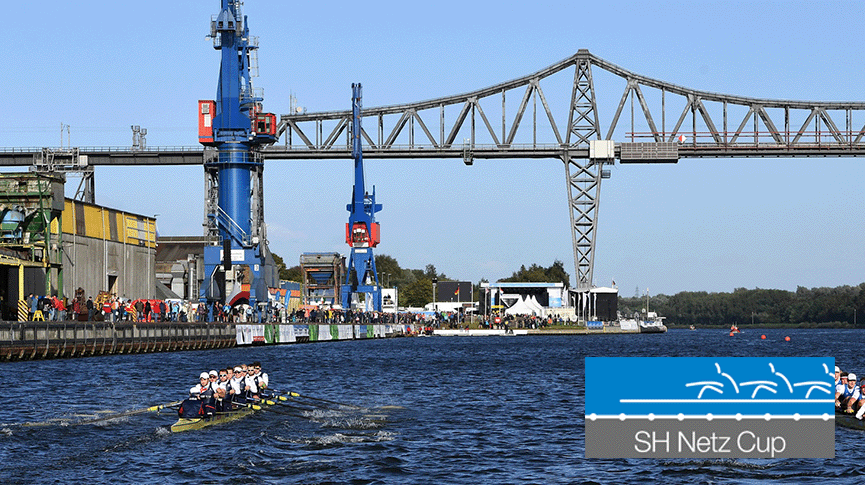Roland Netz • AG Netz • Department of Physics
5 (754) · € 19.50 · Auf Lager

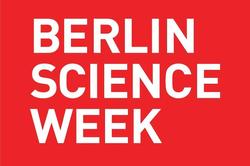
Prof. Dr. Roland Netz talks about aerosols at the Berlin Science Week 2021 • Department of Physics
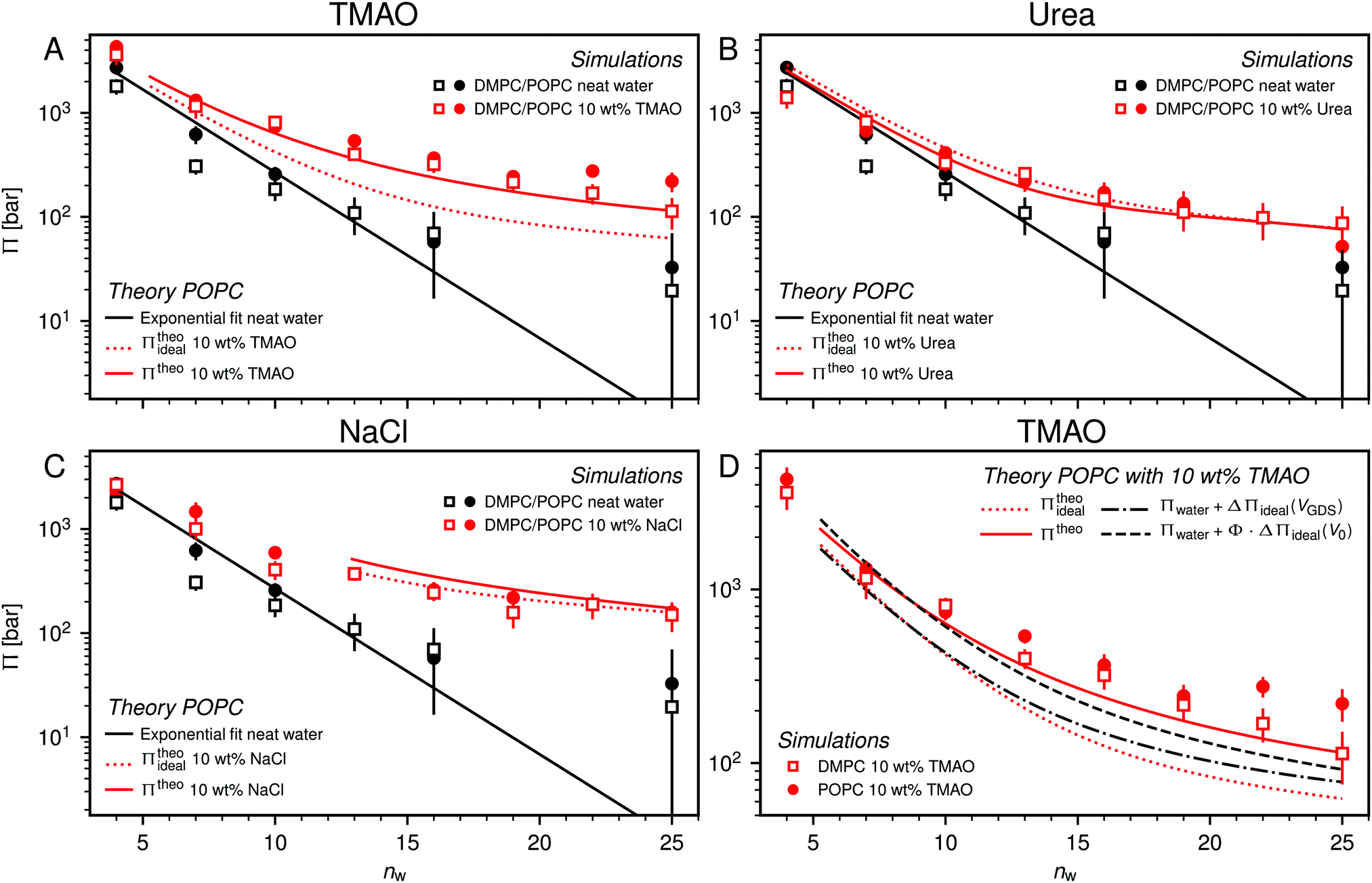
Influence of polar co-solutes and salt on the hydration of lipid membranes - Physical Chemistry Chemical Physics (RSC Publishing) DOI:10.1039/C9CP01953G
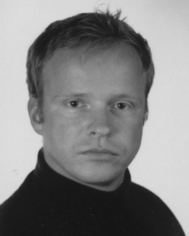
Hydrodynamic effects in driven soft matter - Soft Matter (RSC Publishing) DOI:10.1039/B516777A

Pair-Reaction Dynamics in Water: Competition of Memory, Potential Shape, and Inertial Effects

GIM - Issue 7-2023 by Geomares Publishing - Issuu

Alpine Rail Optimisation

Mechanisms of Airborne Infection via Evaporating and Sedimenting Droplets Produced by Speaking

Life in silico: Are we close yet?
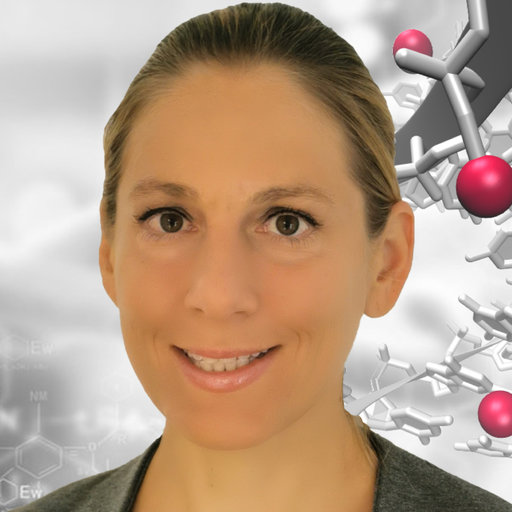
Nadine SCHWIERZ, Professor, Professor, Augsburg University, Minneapolis, Department of Physics
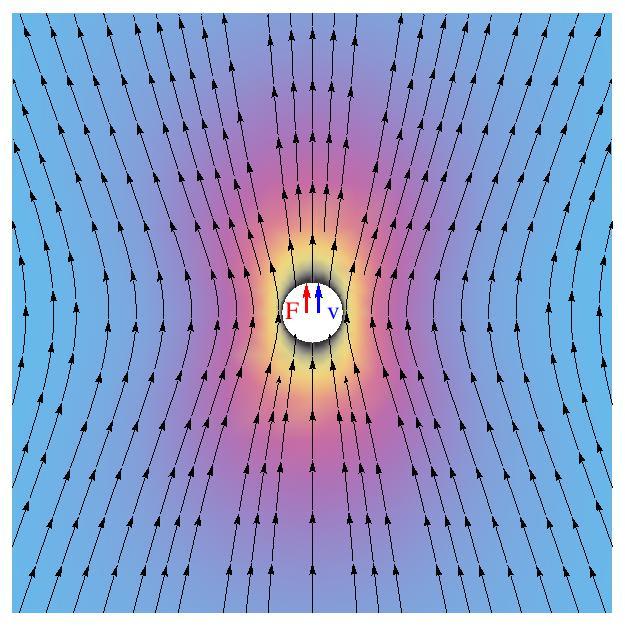
Movies • AG Netz • Department of Physics

Biophysics • Department of Physics
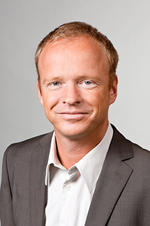
Netz, Roland • Sonderforschungsbereich 1078
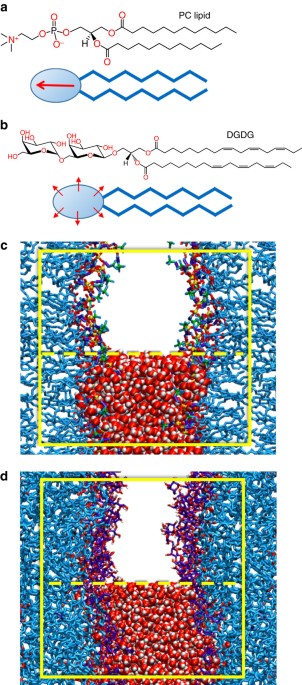
Tight cohesion between glycolipid membranes results from balanced water–headgroup interactions







